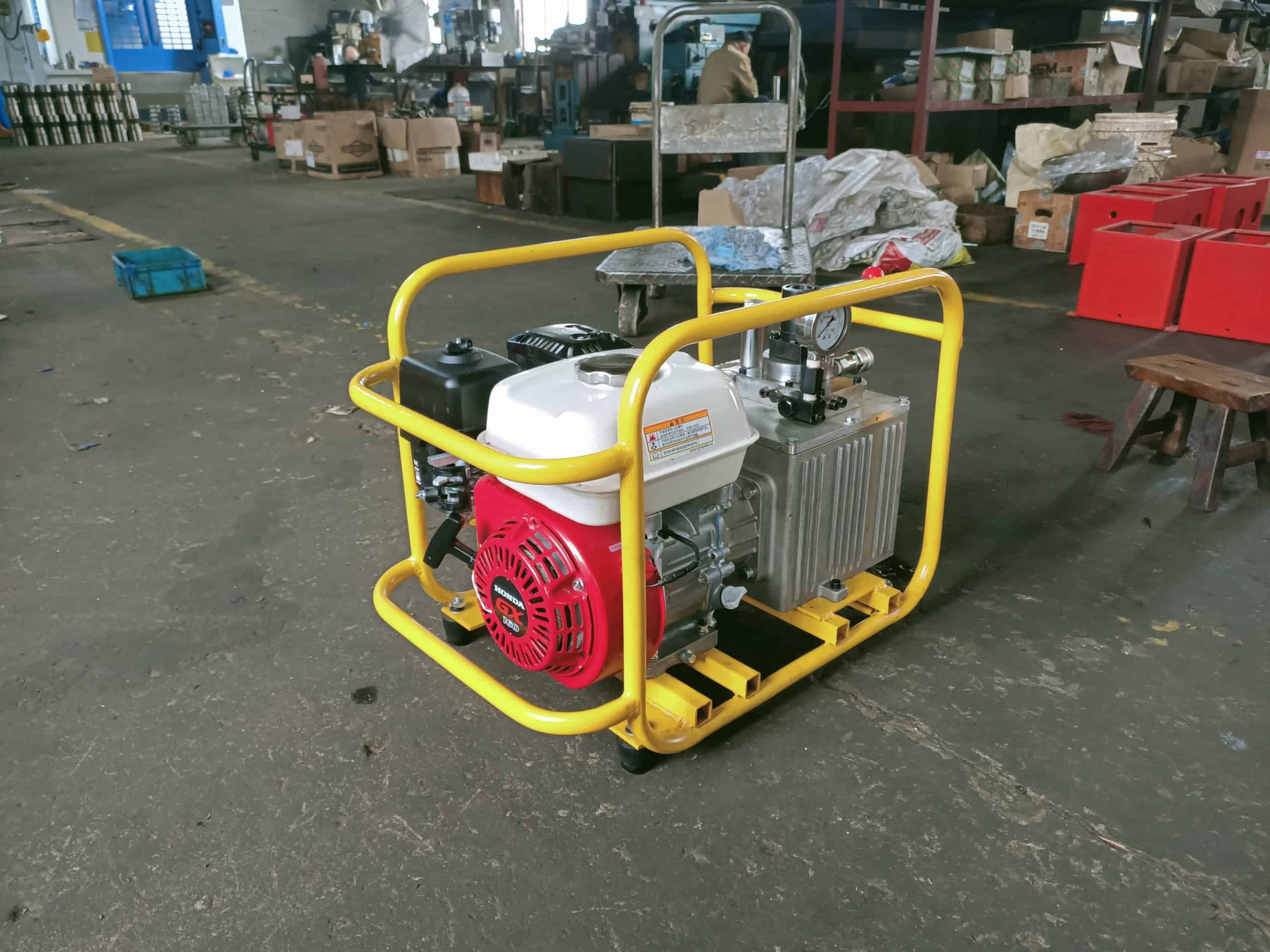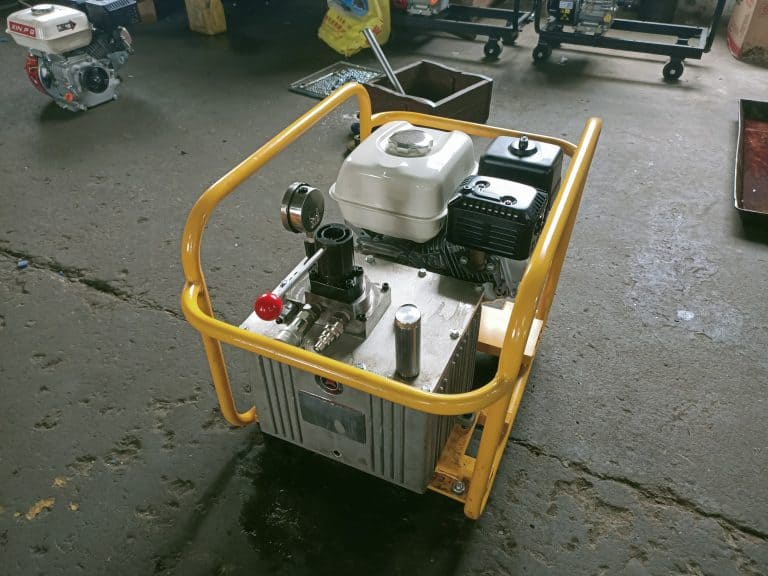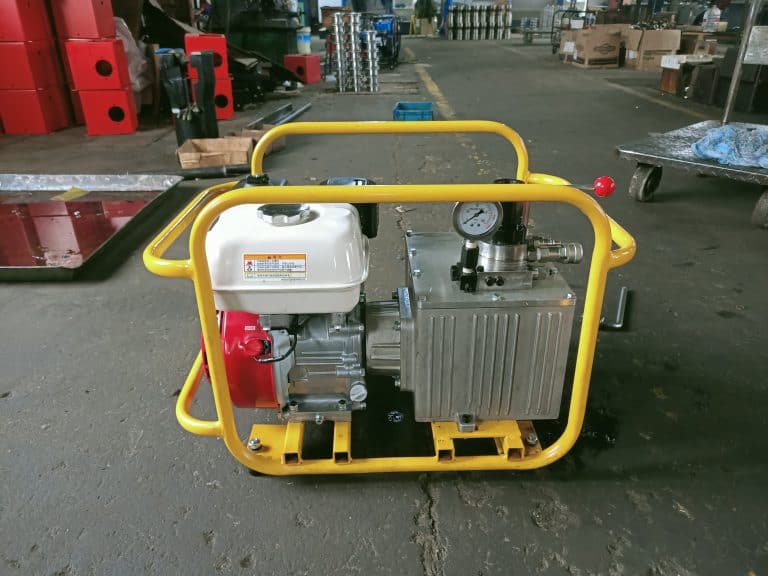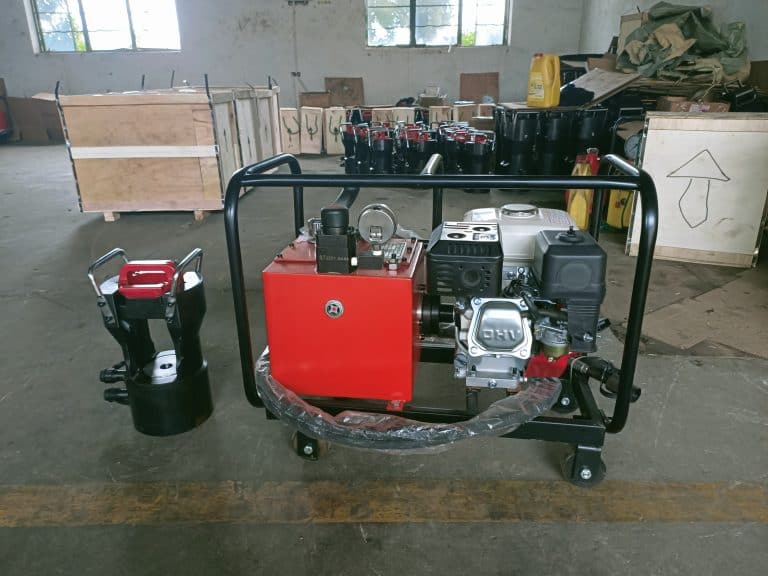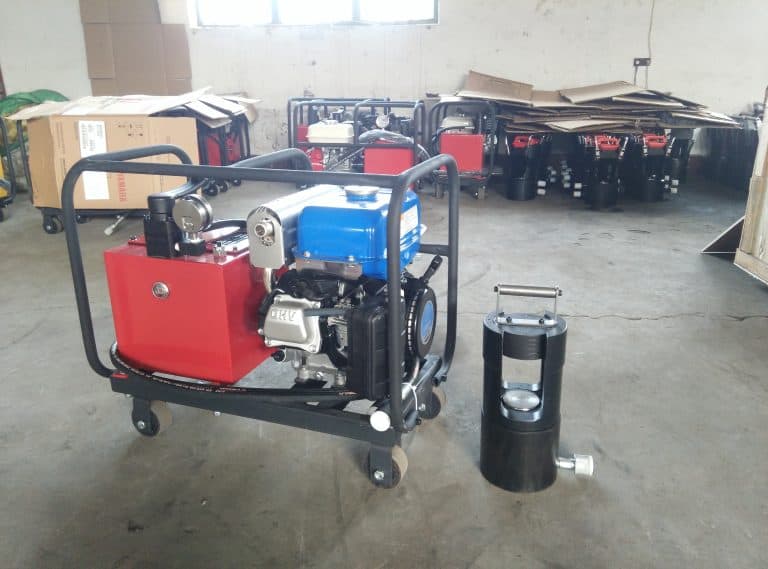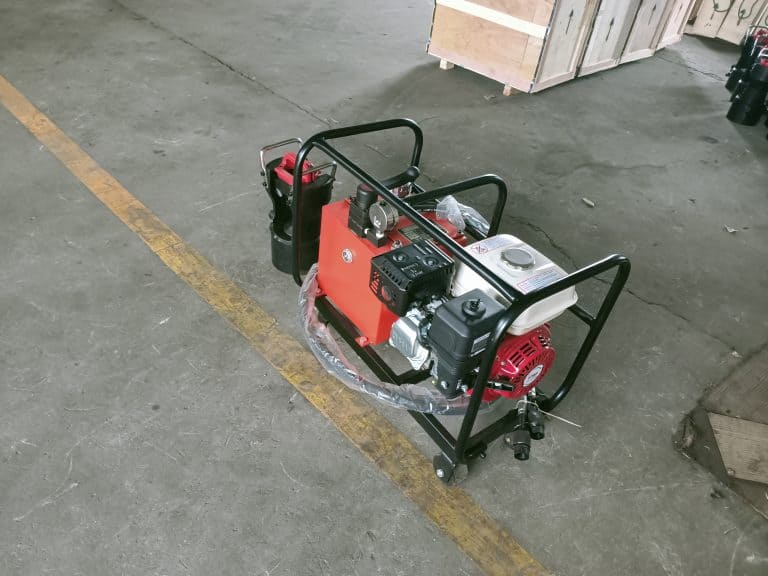Maximizing Efficiency and Performance with Engine-Driven Hydraulic Pumps
Hydraulic pumps are an essential component of hydraulic systems, which are widely used in various…
Hydraulic pumps are an essential component of hydraulic systems, which are widely used in various industries, such as manufacturing, construction, and transportation. These pumps are responsible for converting mechanical energy into hydraulic energy, allowing hydraulic systems to function effectively. One type of hydraulic pump that is commonly used in various applications is an engine-driven hydraulic pump.
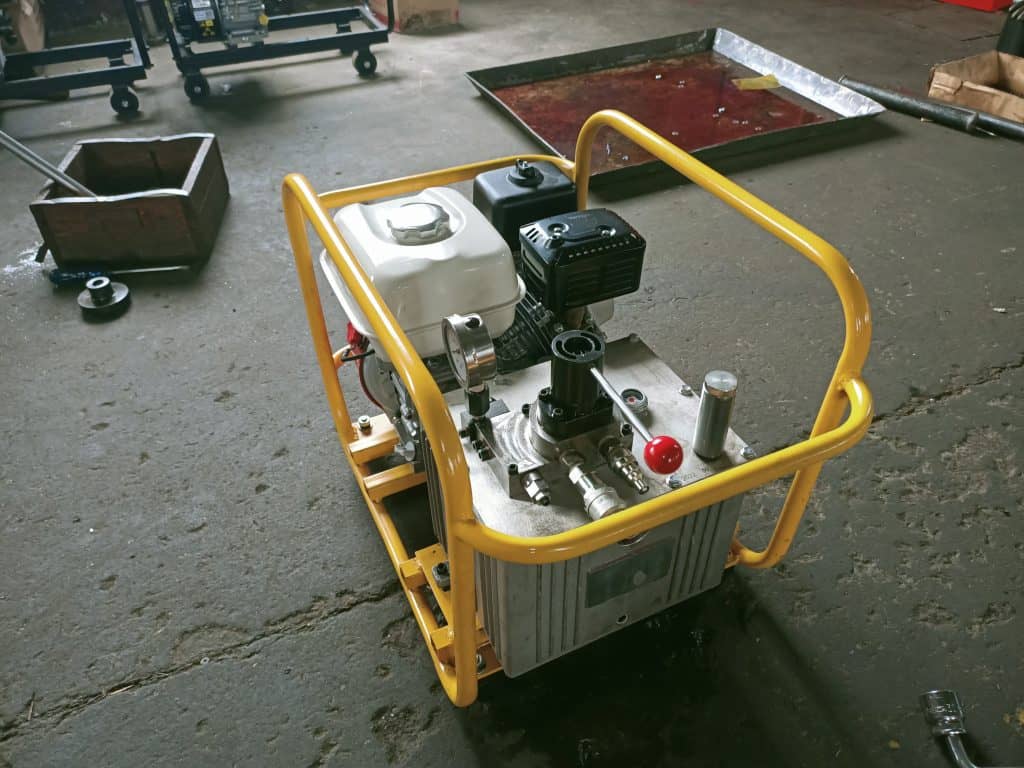
An engine-driven hydraulic pump, as the name suggests, is a pump that is powered by an engine. These pumps are commonly used in heavy-duty equipment, such as excavators, bulldozers, and cranes, to power hydraulic systems that control the equipment’s movements. These pumps are also commonly used in aviation, where they are used to power hydraulic systems that control the aircraft’s landing gear, brakes, and other critical components.
The most common types of engine-driven hydraulic pumps are gear pumps and piston pumps. Gear pumps are simple and economical, consisting of two gears that mesh together and create a vacuum that draws hydraulic fluid into the pump. The fluid is then pushed out of the pump and into the hydraulic system. On the other hand, piston pumps are more complex and efficient, using pistons to generate pressure that pushes hydraulic fluid through the pump and into the system.
One of the key advantages of using an engine-driven hydraulic pump is that it provides a constant flow of hydraulic fluid, regardless of the load on the system. This means that the hydraulic system can operate smoothly and efficiently, even when under heavy loads. Additionally, engine-driven hydraulic pumps can generate high pressures, making them ideal for heavy-duty applications where high force is required.
When selecting an engine-driven hydraulic pump, it is essential to consider various factors, such as the required flow rate, pressure range, and efficiency. These factors will depend on the specific application and the equipment being used. It is also important to ensure that the pump is compatible with the engine and the hydraulic system, to avoid any compatibility issues that could cause damage to the equipment.
In conclusion, an engine-driven hydraulic pump is a critical component of hydraulic systems used in various industries. These pumps provide a constant flow of hydraulic fluid and can generate high pressures, making them ideal for heavy-duty applications. When selecting an engine-driven hydraulic pump, it is important to consider various factors and ensure compatibility with the engine and hydraulic system. By understanding the basics of engine-driven hydraulic pumps, you can make informed decisions when selecting and using these pumps in your equipment and applications.

